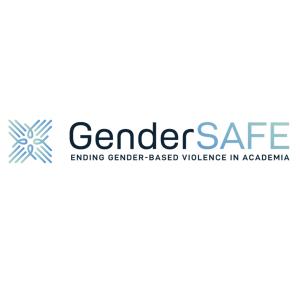 \
&
Contact us
\
&
Contact us
 \
&
Contact us
\
&
Contact us
Association to Horizon Europe is the closest form of international cooperation in Horizon Europe. Entities of Associated Countries can participate in the Horizon Europe calls under the same conditions as entities from the EU Member States and are therefore eligible for funding, unless specific limitations or conditions are laid down in the work programme and/or call topic text.
Not only EU neighbouring countries can apply for association, any country in the world with a strong research and innovation capacity that share common values with Europe can apply for association to Horizon Europe.
There are 4 categories of countries eligible for association with Horizon Europe:
Close to the start of the Association, transitional measures can be set in place, through which entities of these countries can already be included as beneficiaries in call topics. Details are mentioned in the Horizon Europe Programme Guide.
All details regarding country eligibility is compiled in the infosheet “International cooperation".

GenderSAFE, funded by Horizon Europe under call topic HORIZON-WIDERA-2023-ERA-01-09, is a project that advances efforts to implement a zero-tolerance approach to gender-based violence in higher education and research in the European Research Area. This overall objective will be achieved through a five-fold strategy. The project exists of a European-wide consortium of six partners. Read more about the GenderSAFE’s five-fold strategy, the role of the Belgian partner Yellow Window and the latest outputs of the project in this testimonial.